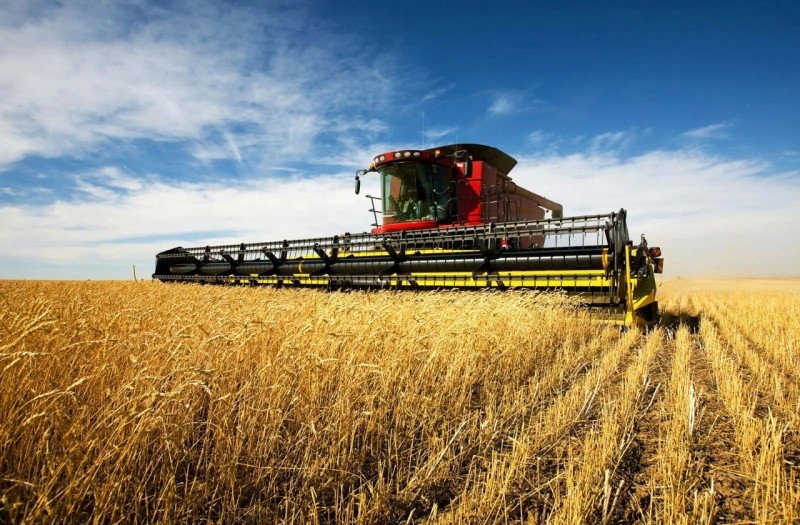Morocco’s resilient agricultural sector has managed to significantly boost cereal production despite lingering challenges such as adverse weather conditions.
Rabat – Morocco has announced a cereal production of 55.1 million quintals (Mqx) for the 2022-2023 agricultural season, marking a significant increase of 61.8% compared to the previous year.
While this boost in production is a welcome sign, it still falls behind the nation’s normal output due to challenges posed by heat stress and water scarcity in key cereal-growing regions, Le360 reported.
The Ministry of Agriculture, Maritime Fisheries, Rural Development, and Water and Forests has released a statement detailing the latest cereal production figures. Morocco had produced 34 Mqx in the 2021-2022 season, the statement detailed, noting that this number stands in stark contrast to the remarkable increase seen in the 2022-2023 season.
This increased production was achieved from a total area of 3.67 million hectares sown with the main cereal crops, representing a modest 2.8% increase from the previous year’s 3.57 million hectares. The average yield nationwide stood at 15 quintals per hectare (Qx/Ha). The production breakdown by species reveals 29.8 Mqx of soft wheat, 11.8 Mqx of durum wheat, and 13.5 Mqx of barley.
Despite this positive news, the statement noted that certain factors have contributed to Morocco falling short of its typical cereal production levels. The primary culprits are heat stress and water stress in the major cereal-producing regions.
Read also: Agriculture Ministry: Morocco’s Cereal Production to Increase by 62% in 2023
The Ministry’s report on the 2022-2023 agricultural season highlights that the country experienced a period of low rainfall. As of July 20, 2023, the national cumulative rainfall amounted to 247 mm, representing a 32% decrease compared to a typical season’s 362 mm. However, this figure did mark a 22% improvement compared to the previous season’s 202 mm of rainfall.
The geographical distribution of production demonstrates that four regions dominate the nation’s cereal output. These regions are Fez-Meknes (27.1%), Rabat-Sale-Kenitra (26.5%), Casablanca-Settat (16.9%), and Tangier-Tetouan-Al Hoceima (12.4%).
While the 2022-2023 agricultural season brought challenges in the form of adverse weather conditions, Morocco’s resilient agricultural sector has managed to significantly boost cereal production. Farmers and policymakers will continue to adapt and innovate to mitigate the impact of climate variability on the nation’s vital agricultural industry.
Source; Moroccoworldnews.com

